 |
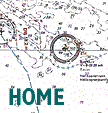 |
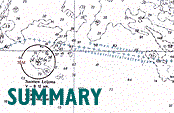 |
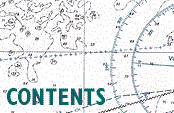 |
CHAPTER 22 RECOMMENDATIONS |
||
IntroductionThe Commission notes that work has started on development of regulations
in line with the three recommendations given in the Part-Report. This work
includes IACS' new, stricter requirements on the strength of locking
arrangements for shell doors. The requirements
will apply retroactively to existing ships. New amendments to SOLAS require that
damage to, or detachment of, a bow door may not cause damage to the upper
extension of the collision bulkhead. IMO has also decided on full enforcement
of the SOLAS 90 damage stability regulations. Several countries in Northern
Europe have agreed on more stringent regional regulations on damage
stability for ro-ro passenger ferries in regular traffic. These regulations address
the effects of water trapped on a car deck. The work by IMO after the
ESTONIA accident is reviewed in Chapter 19 of the present report. It is the opinion of
the Commission that application of the new regulations will significantly
improve the safety of ro-ro passenger vessels. However, based on the ESTONIA
experience, the Commission finds reason to present the following further
recommendations.
The installed bow visor locking devices were not thoroughly designed and manufactured, and were not inspected for approval by any external authority. The installation did not incorporate a sufficient safety margin with regard to the design load level used. Further, the consequence of mechanical interference between visor and ramp was not realised before this accident. For these reasons,
The visor lock indicator on the bridge was accepted by the national maritime administration according to the SOLAS amendments after the HERALD OF FREE ENTERPRISE accident. However, it did not show that the visor was detached. Therefore,
OperationUpgrading of design requirements and a series of visor incidents in the Baltic area had not led to strengthening of locking devices, nor to operative instructions. The extent of previous visor incidents was not generally known among operators at the time of the ESTONIA accident. Hence,
EvacuationA significant factor in the ESTONIA accident was the very quick increase in the list to an angle exceeding 30°, leading to the loss of manoeuvrability, to difficulties in getting out from inside the vessel and to the start of progressive flooding. Investigations have shown that relatively small changes in construction could have had a significant effect on the outcome of the evacuation. Therefore,
RescueSerious shortcomings in the effectiveness of the on-board rescue equipment became apparent during the ESTONIA accident and the rescue operation. The equipment fulfilled the requirements and is of standard type common on comparable vessels.
Distress trafficNo station conducted the distress traffic according to the procedures required by the radio regulations. In the normal work of deck officers and radio operators it is understandably difficult to maintain very firm routines for distress communications. However, good simulators for training in maritime radio systems and communications are available. Therefore,
|
||
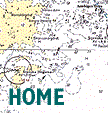 |
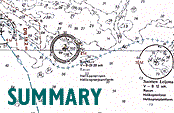 |
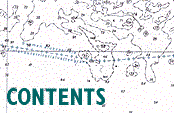 |
END |